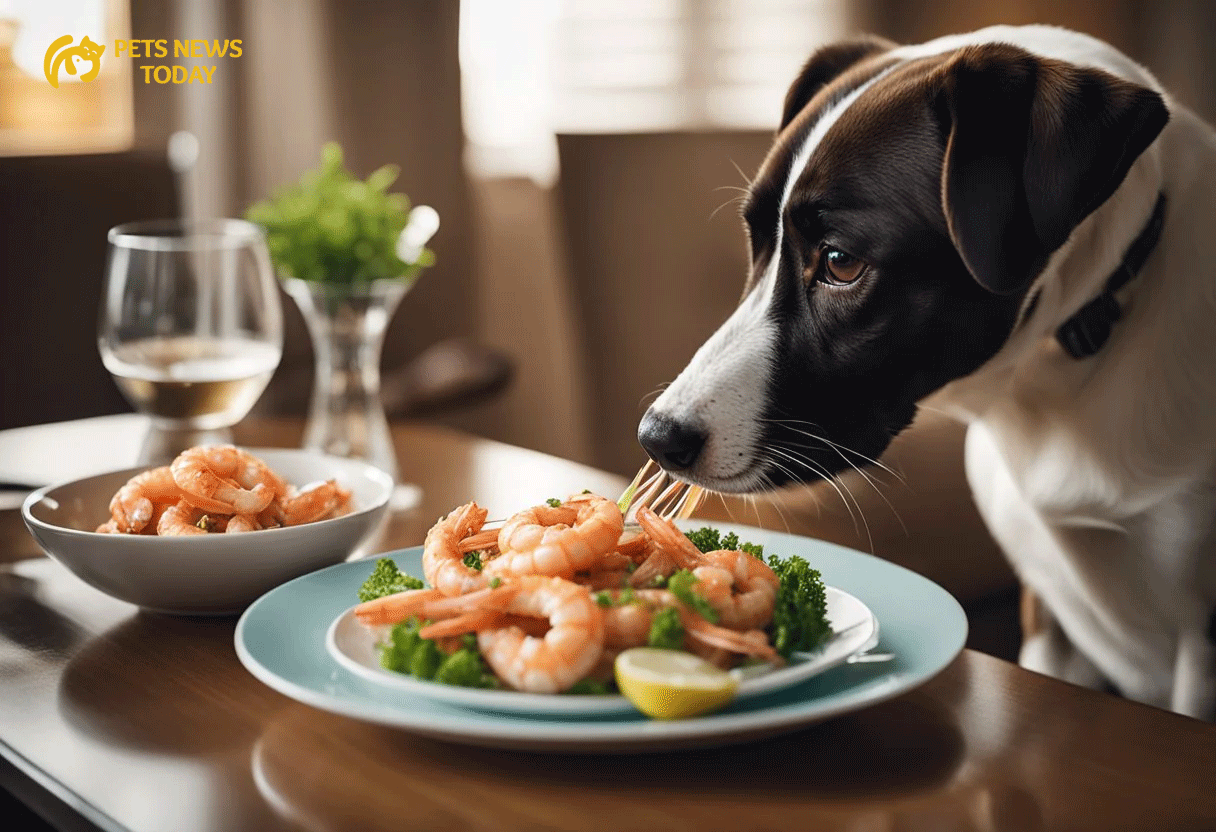Is Shrimp Safe for Dogs? Understanding the Risks and Benefits

As dog owners, we often enjoy sharing our meals with our furry companions. However, when it comes to seafood like shrimp, many questions arise regarding its safety for dogs. In this comprehensive guide, we’ll explore whether shrimp is a suitable addition to your dog’s diet and understand the potential risks and benefits associated with feeding shrimp to dogs.
Can Dogs Eat Shrimp?

Yes, dogs can eat shrimp, but in moderation. Shrimp can be a healthy source of protein for dogs, offering essential nutrients such as omega-3 fatty acids, vitamin B12, and selenium. However, there are some important considerations to keep in mind before sharing shrimp with your canine friend.
Potential Benefits:
- Protein Source: Shrimp is a lean protein source that can support muscle health and development in dogs.
- Omega-3 Fatty Acids: Shrimp contains omega-3 fatty acids, which can contribute to healthy skin and a shiny coat in dogs.
- Vitamin B12: Shrimp is rich in vitamin B12, which plays a crucial role in maintaining nerve function and producing red blood cells.
- Selenium: Shrimp provides selenium, an essential mineral that supports immune function and thyroid health in dogs.
Risks Associated with Feeding Shrimp to Dogs:

- Allergic Reactions: Some dogs may be allergic to shellfish like shrimp, leading to symptoms such as itching, swelling, or gastrointestinal upset. It’s essential to monitor your dog for any adverse reactions after consuming shrimp.
- Choking Hazard: Shrimp shells can pose a choking hazard to dogs, especially if they are not properly cleaned and deveined. Always remove the shell and tail before feeding shrimp to your dog.
- High Cholesterol: While shrimp is low in saturated fat, it contains cholesterol. Feeding shrimp in excess may contribute to high cholesterol levels in some dogs, especially those with pre-existing health conditions.
- Seasonings and Preparation: Avoid feeding dogs shrimp that is seasoned with spices, garlic, or onions, as these ingredients can be toxic to dogs. Additionally, fried or breaded shrimp should be avoided due to their high-fat content.
How to Safely Let Dogs Eat shrimp:
- Cooked Shrimp: Always feed dogs cooked shrimp to reduce the risk of foodborne illness. Boiled, steamed, or grilled shrimp without seasoning is the safest option for dogs.
- Remove Shells: Ensure that shrimp are thoroughly cleaned and the shells and tails are removed before serving them to your dog to prevent choking hazards.
- Moderation: Shrimp should be offered to dogs as an occasional treat and not as a primary source of nutrition. Incorporate shrimp into your dog’s diet in moderation to avoid overfeeding.
- Monitor for Adverse Reactions: Keep an eye on your dog after eating shrimp for any signs of allergic reactions or digestive upset. If any adverse symptoms occur, discontinue feeding shrimp and consult your veterinarian.
Conclusion: While shrimp can be a nutritious and tasty treat for dogs, it’s essential to feed them in moderation and with caution. Understanding the potential risks and benefits of feeding shrimp to dogs can help you make informed decisions about your pet’s diet. As always, consult with your veterinarian before introducing new foods to your dog’s diet, especially if they have any underlying health conditions or dietary restrictions. With proper care and attention, you can safely incorporate shrimp into your dog’s diet and provide them with a variety of nutritious foods to support their overall health and well-being.



